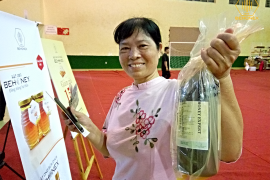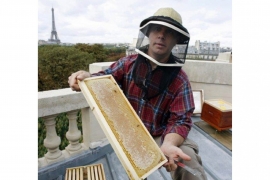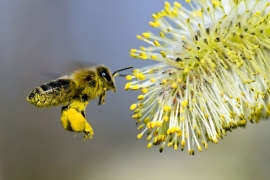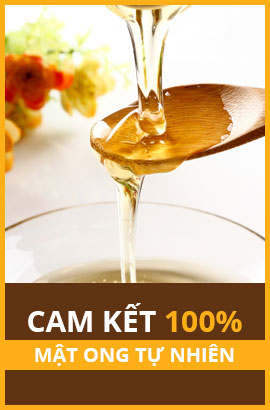COLOUR GRADING OF HONEY
- 10:30, 28/03/2016
- 6918
- 10 bình luận
Colour is an important characteristic of honey, it changes very much depending on the floral, tree origin of the products
The USDA classifies honey into seven categories of color
- Water white
- Extra white
- White
- Extra white amber
- White amber
- Amber
- Dark amber

Since the beginning of century, beekeepers have used coloured glass plates (white, yellow and brown) in order to characterize their honey. Honey used to be poured into small flat bottles and the samples were compared with the numbered standard plates.
The present international reference technics for defining honey colour are based on the Pfund method.
Honey color is expressed as a length ranging from 0 to 140 mm.
From a human health perspective, darker honey is usually higher in antioxidants than lighter honeys. For example, in a study done at the University of Illinois, buckwheat honey was found 20 times as many antioxidants as sage honey
Here is a color chart of seven categories of honey classified by USDA
| Color name | Pfund scale (mm) |
| Water white | < 9 |
| Extra white | 9 - 17 |
| White | 18 - 34 |
| Extra light amber | 35 - 50 |
| Light amber | 51 - 85 |
| Amber | 86 - 114 |
| Dark Amber | > 114 |

There are more than 100 nectar resources in Vietnam, some main plant species such as:
- Rubber- Hevea brasiliensis
- Coffee – Coffea robusta
- Longan Euphorbia longana
- Acasia mangium
- Litchi – Litchi chinensis
- Cashew Anacardium occidentale
Vietnamese Honey color vary very much depend on nectar plant species, weather and location. Almost honey color is light amber or amber.









